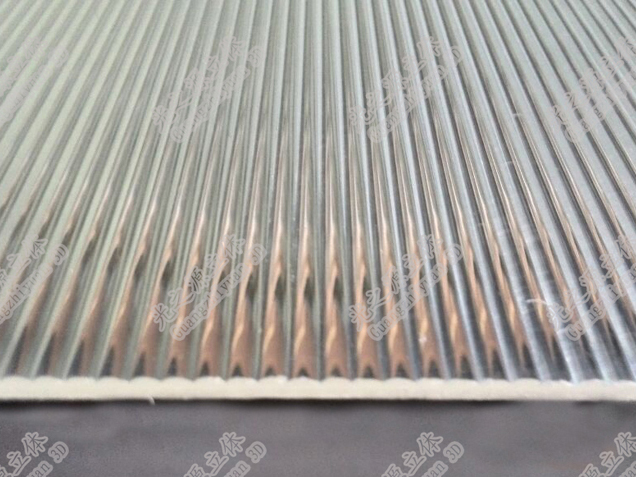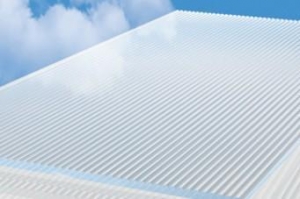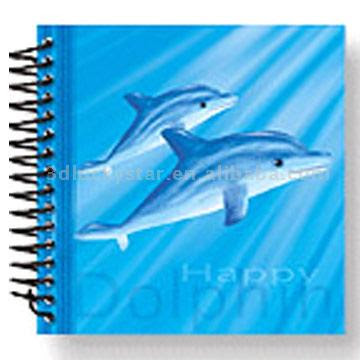Lenticular Lens Sheets Explained: The Science Behind Moving and 3D Images

Lenticular lens sheet are interesting optical devices that make motionless images appear to move or transform. You've most likely seen them on novelty goods, postcards, advertising, or packaging—images that appear to move, flip, or burst out from different angles. A lenticular lens sheet consists of a sequence of microscopic lenses, known as "lenticules," moulded into one side of a translucent plastic sheet. These lenses are exactly aligned with a carefully produced interlaced image. The interlaced image is made up of numerous images split into thin strips and woven together in a precise order. When viewed through the lenticules, each eye sees a distinct set of strips depending on the viewing angle. This produces visual effects including 3D depth, movement, zooming, and morphing. With lenticular networks and spherical lenses, we may modify the image seen for both horizontal and vertical movements of the observer. In any event, the image should be completely aligned with ...












